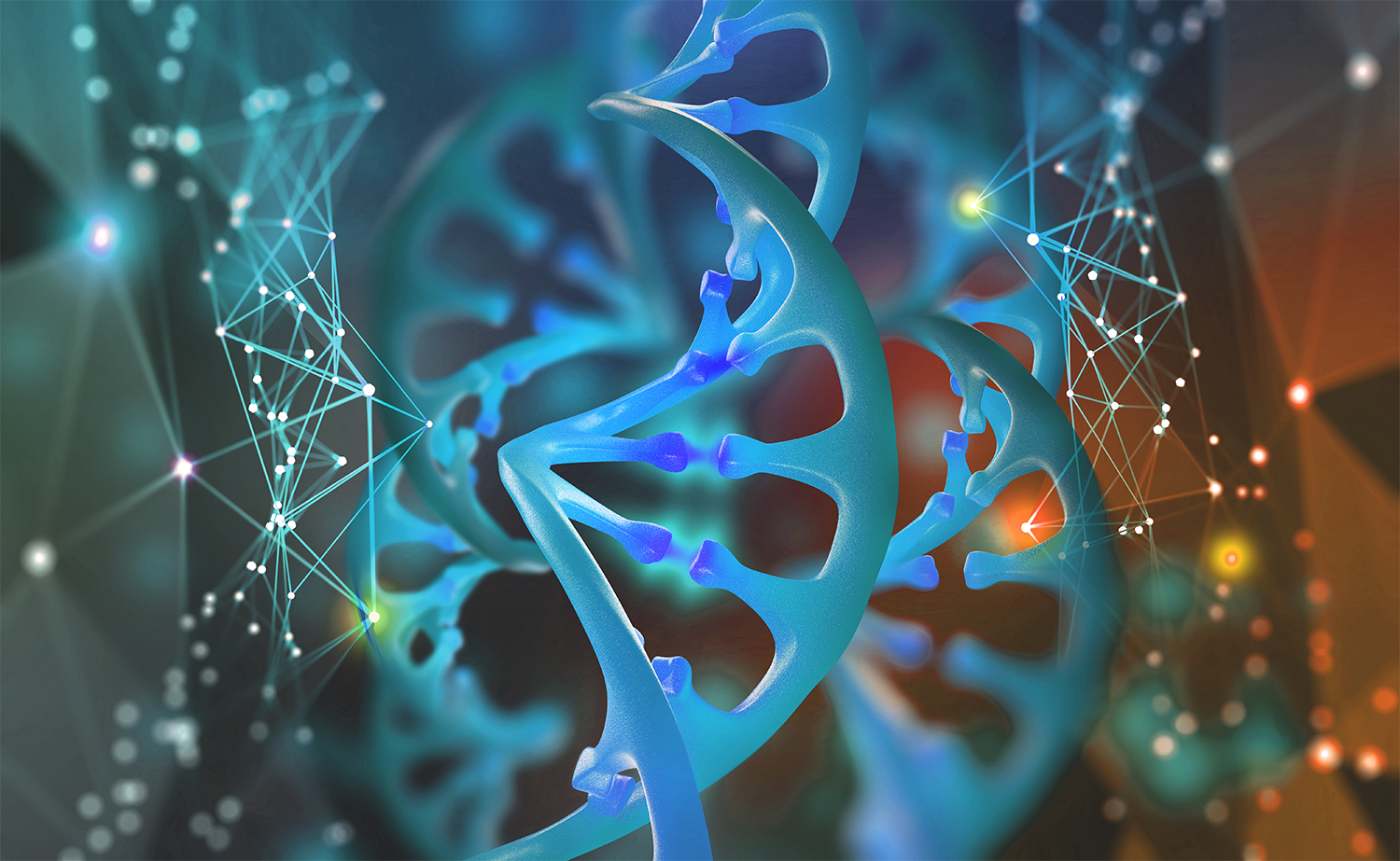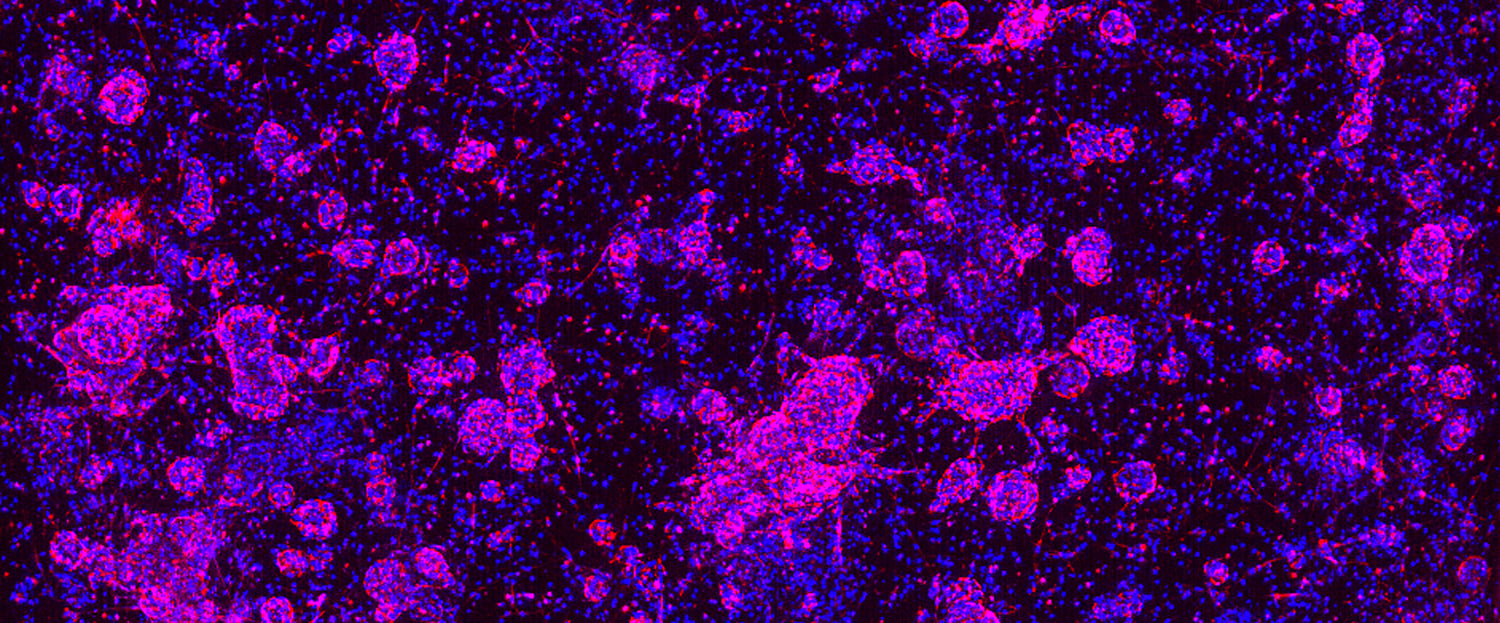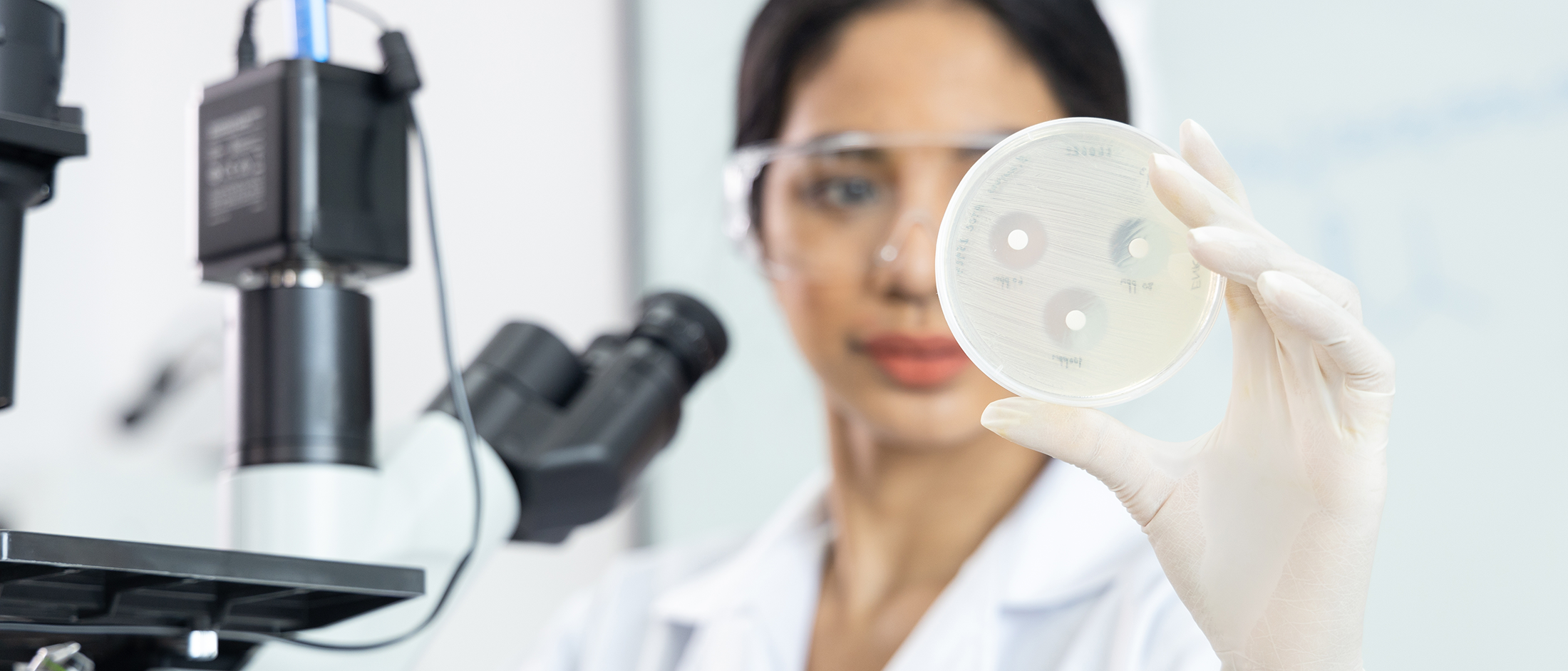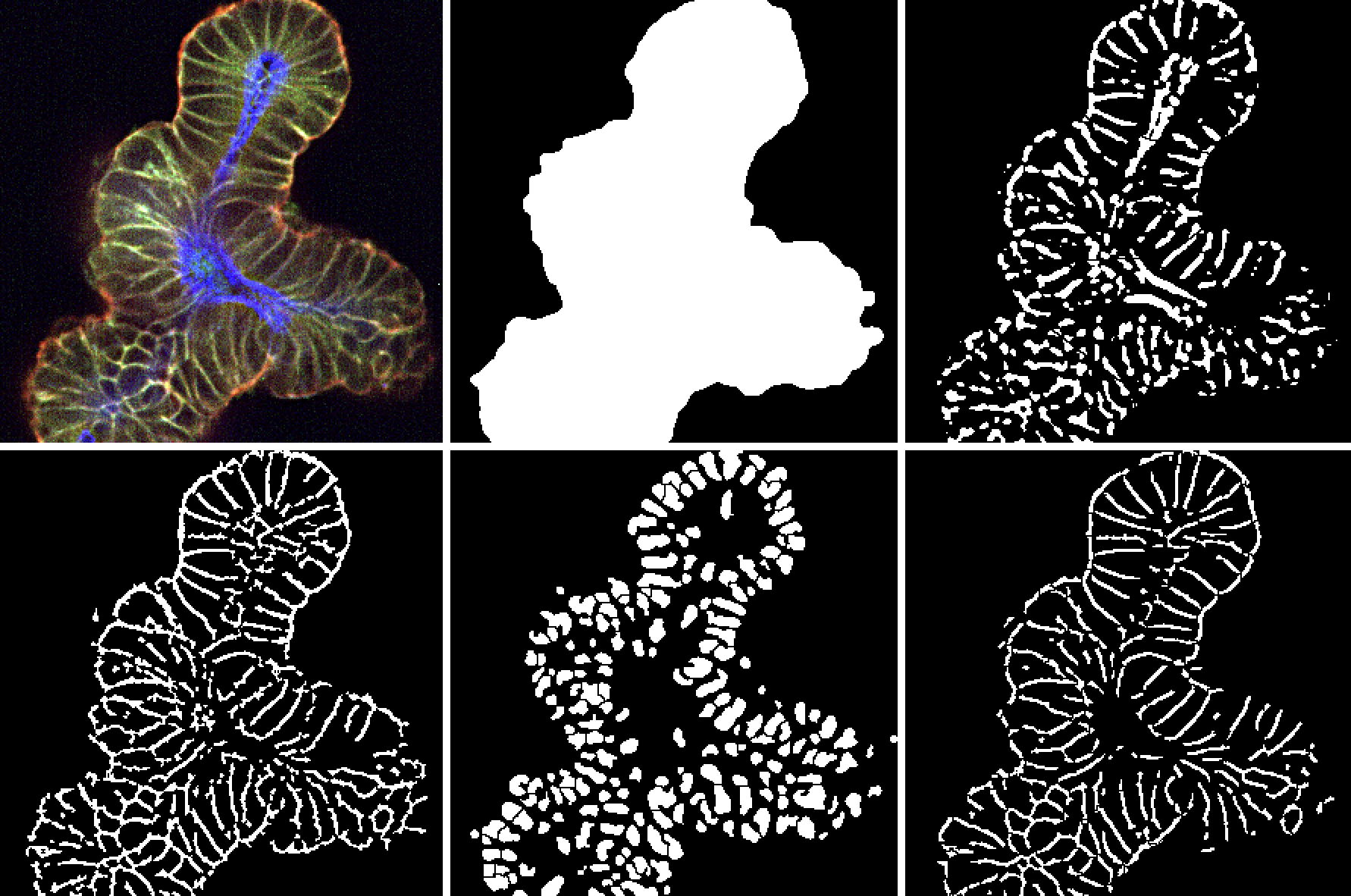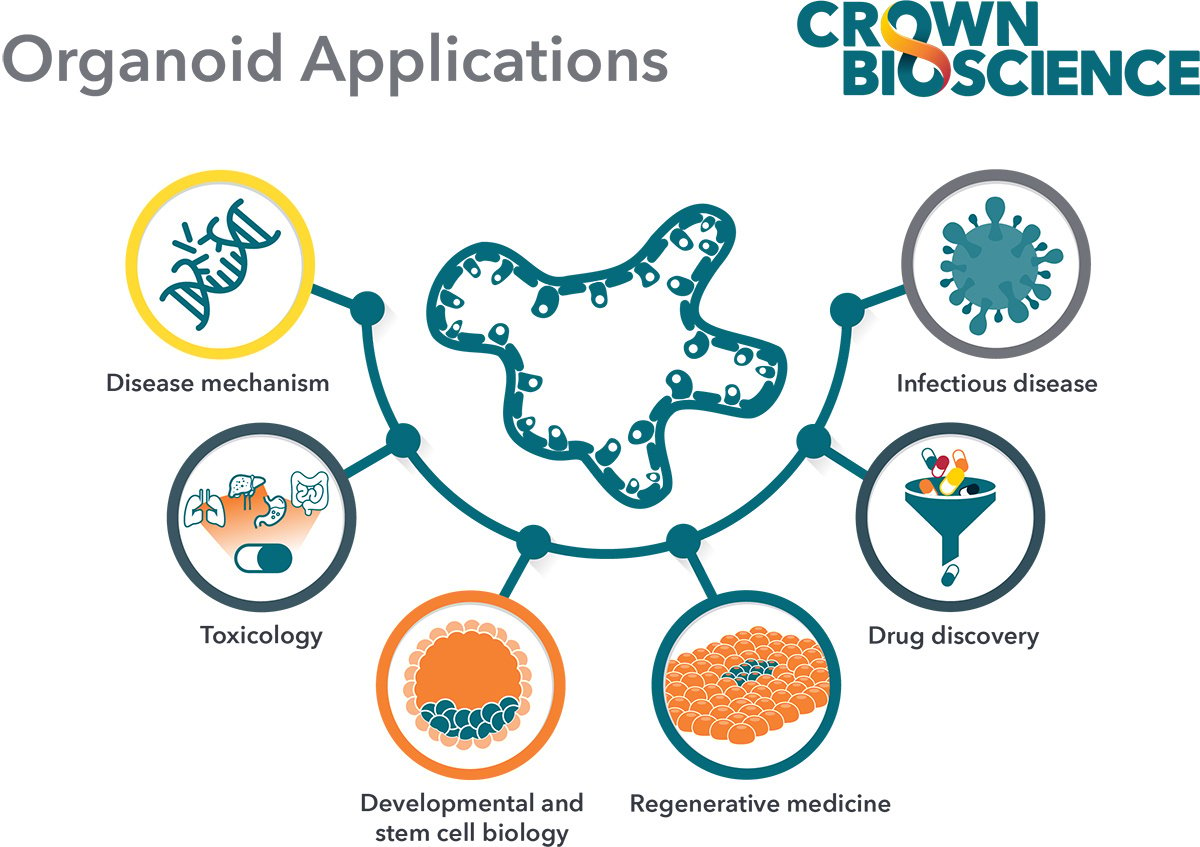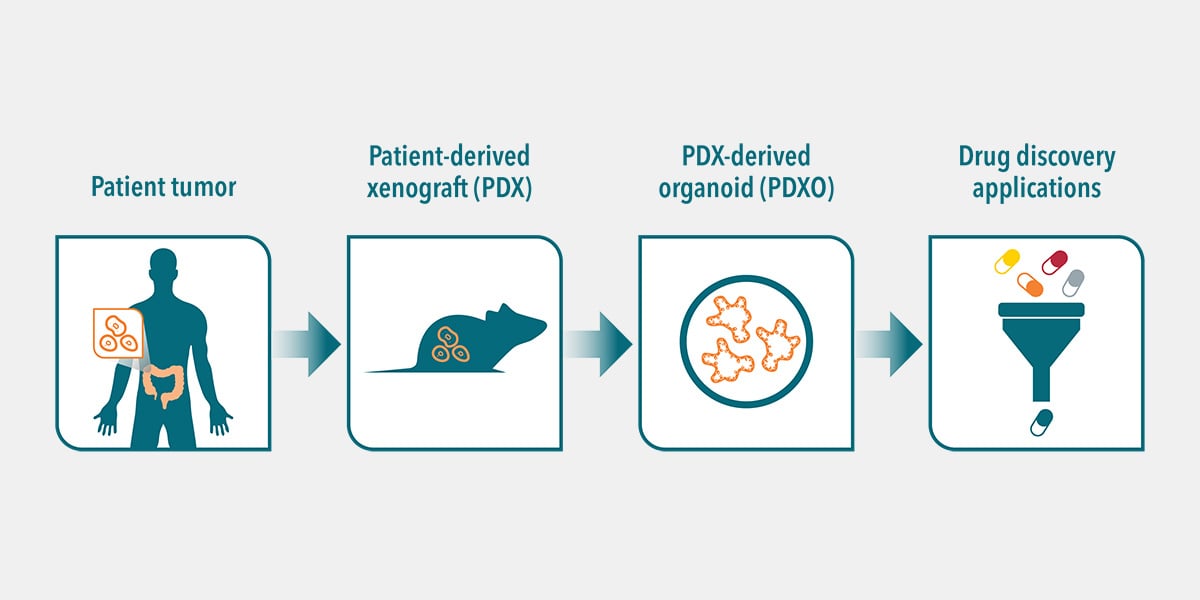This article originally appeared on Biocompare.com in March 2023 and is written by Josh P. Roberts.
The use of editing tools such as CRISPR/Cas9 has revolutionized researchers’ ability to alter cells’ genomes almost at will. This allows the creation of cell lines, organoids, and even grafts with specific genes functionally added (knocked in), altered (SNPs, CNVs), deleted (knocked out), or with expression lessened (knocked down), in a tissue-specific context. A wide variety of possibilities are now unlocked in realms such as genetic screening and tissue engineering, for example, as well as in enabling further understanding of development, aging, cancer, and other disease processes. In the realm of drug screening and development, CRISPR can be used to create cell line and organoid model systems, including those that genetically mimic disease states, allowing for target identification and validation, for example, and lead screening and optimization.
CRISPR is also useful for knocking in endogenous labels such as epitope tags and fluorescent tags, allowing proteins and cells to be tracked in vitro and in vivo.
Organoids as Model Systems
Cell lines are workhorses of the pharmaceutical industry. These genetically homogenous, two-dimensional (2D), tissue-specific platforms are typically derived from normal or patient-derived primary cells, and can be genetically manipulated to provide additional backgrounds on which to undertake drug discovery and development. 2D cultures not derived from tumors must be immortalized to allow them to divide indefinitely.
Yet in the human body, cells contact with each other and the extracellular matrix (ECM) they secrete to make up complex organ structures with distinct properties, partly resulting from those interactions. In the laboratory, too, new attributes—that could not be predicted from studying cells alone—arise from that interplay. In vitro 2D cell culture has been a fount of knowledge and discovery for the biomedical sciences. Yet because cells interact in vivo in three dimensions, researchers are gravitating toward the use of organoid (3D) cell cultures to better recapitulate what occurs in the body.
These in vitro multicellular structures have self-organized and differentiated into a 3D architecture with the structure and function of an in vivo organ. They are derived from less-differentiated, healthy or diseased stem cells—embryonic stem (ES) cells, induced pluripotent stem (iPS) cells, or even adult stem cells. Organoids can be created that recapitulate much of the anatomy and physiology of normal or diseased intestine or liver, for example. And like 2D cell culture, organoids are amenable to genetic manipulation.
Transgenic Cell Lines and Organoids
The 3D nature of organoid culture has its advantages, including that it more closely resembles the structure and function of the organ being modeled. But such benefits come with some downsides and challenges.
Organoids are grown on an extracellular matrix or its synthetic equivalent, making setting up and maintaining the culture more challenging. Experiments on 3D structures are generally more costly, more time-consuming, and technically more demanding than those on 2D cultures. Imaging—including segmenting and counting cells—presents greater challenges as well.
Cells in organoids are less accessible to genetic manipulation than are those in 2D lines. As a result, to avoid mosaicism most protocols call for dissociating the organoids into single cells and using specific growth factors and supplements to encourage stem cells to cycle and expand before targeting them for transgenesis. New transgenic organoids, derived from a single transgenic stem cell, can be clonally expanded and cryopreserved to be used, say, as isogenic controls.
Now and In The Future
Much has been—and certainly can still be—learned by culturing cells in two dimensions. Yet organoids arguably better recapitulate the physiology of the organ from which they were derived, which in turn can lead to a better understanding of the normal and diseased states of that organ and its development. Organoids can be cultured from healthy donors or patient-derived cells, and they can be genetically edited and clonally propagated practically indefinitely, to form the basis for biological studies and pharmaceutical screens.
Organoids—CRISPR/Cas9 manipulated or not—can also be introduced into animals as xenografts, with great possibilities ranging from basic biological research to oncology to regenerative medicine. They likewise allow for a relatively fast and easy alternative to organ transplantation, creating “designer” in vivo models in which to discover and test potential treatments.
Whether you're interested in genetic manipulation, regenerative medicine, or exploring the potential of organoids as xenografts,  is your go-to platform. Join the cutting-edge research community and unlock the doors to a deeper understanding of organ biology, disease states, and novel therapeutic approaches. Visit OrganoidBaseTM today and embark on a journey of scientific discovery.
is your go-to platform. Join the cutting-edge research community and unlock the doors to a deeper understanding of organ biology, disease states, and novel therapeutic approaches. Visit OrganoidBaseTM today and embark on a journey of scientific discovery.

